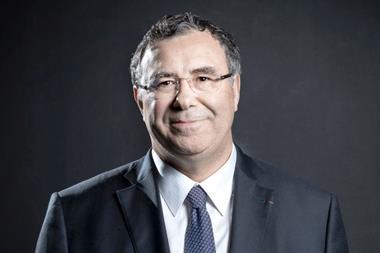Despite a slight correction in stock markets in June, Spain’s occupational pension funds exploited strong equity performance for the second quarter of 2017, according to the country’s Investment and Pension Fund Association (INVERCO).
Spanish funds returned an average 4.8% for the 12 months to end-June 2017, compared with a 5.6% return for the 12 months to end-March 2017. In the 12 months to the end of June 2016 the funds lost an average 0.49%.
The second quarter results bring the average annualised returns for Spanish occupational funds to 3.28% for the three years to 30 June 2017, and 5.68% for the five years to that date.
Meanwhile, preliminary estimates from Mercer’s Pension Investment Performance Service (PIPS) showed that, for the six months to end-June, euro-zone equities made 5.7%, non-euro-zone equities added 4.7%, while fixed income lost 0.3%, giving an overall total return of 2%.
In June, fixed income allocations lost 0.6% and euro-zone equities declined by 3%. Non-euro-zone equities lost 0.8%.
For the 12 months to end-June, returns were 17.4% for euro-zone equities, 16.2% for non-euro-zone equities, and 1.2% for fixed income. The overall average return was 5.5%.
The PIPS survey covered a large sample of pension funds, most of them occupational schemes.
Xavier Bellavista, principal at Mercer, said: “The best performance was for both euro and non-euro equity investments, followed by alternatives, of which a significant part is invested in private equity, which is performing very well too.”
Bellavista added: “Euro appreciation, especially versus the US dollar, is affecting the performance of non-euro fixed income, the only asset class with negative performance for the year to date. Non-euro equity is obviously also affected by the euro’s appreciation, but the strong performance of the underlying assets means the performance is still positive.”
INVERCO’s figures showed that, for Spanish pension funds as a whole, the average allocation to domestic securities declined slightly over the second quarter, forming 56.4% of portfolios at end-June. This included fixed income and equity as well as 2.4% in “other investments” – real estate and alternatives.
Non-domestic holdings also fell, to 28.1% at the same date. Cash holdings rose to 7.5%.
Over the same three-month period, allocations to fixed income continued their gradual decline to an average 52.1%, while equities rose to 30%.
Spanish government bonds still made up the biggest single component of pension fund portfolios at 26.5%, with a further 16.5% in domestic corporate bonds.
At the end of June, total assets under management for the Spanish occupational pensions sector stood at €35.6bn, an increase of 1.9% over the past year. The number of participants in the occupational system was stable, at just over 2m.
Bellavista said: “Most managers in Spain have been expecting a rise in interest rates, hence most of them are maintaining lower durations in their fixed income funds in comparison with their benchmarks. The average duration of fixed income investments in the pension funds is around 4.5 years, but including investments in cash, the duration of the overall portfolio reduces to 3.5. Since interest rates have already risen in the past six to 12 months, some managers are taking some short-term tactical decisions to increase duration.”

















No comments yet